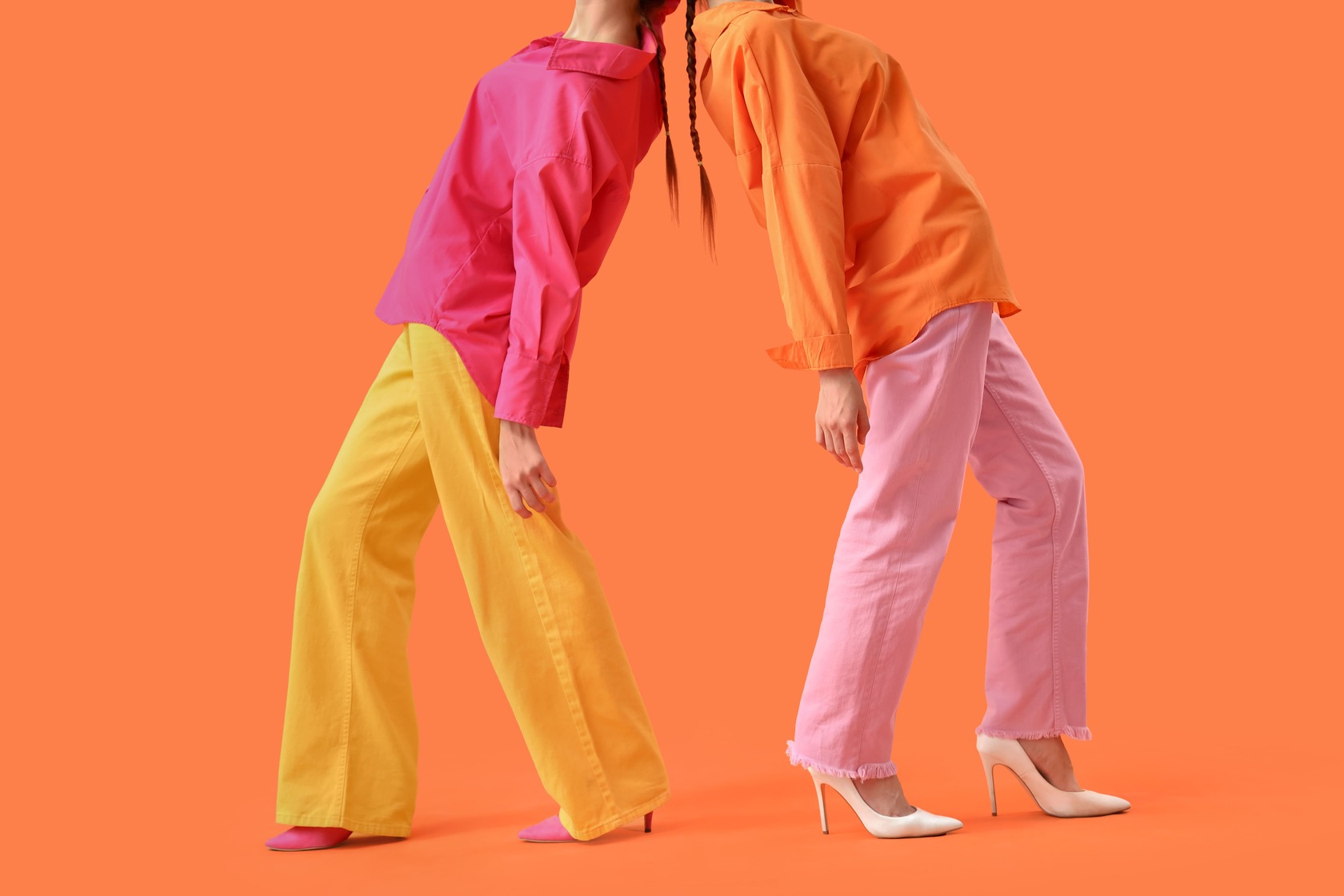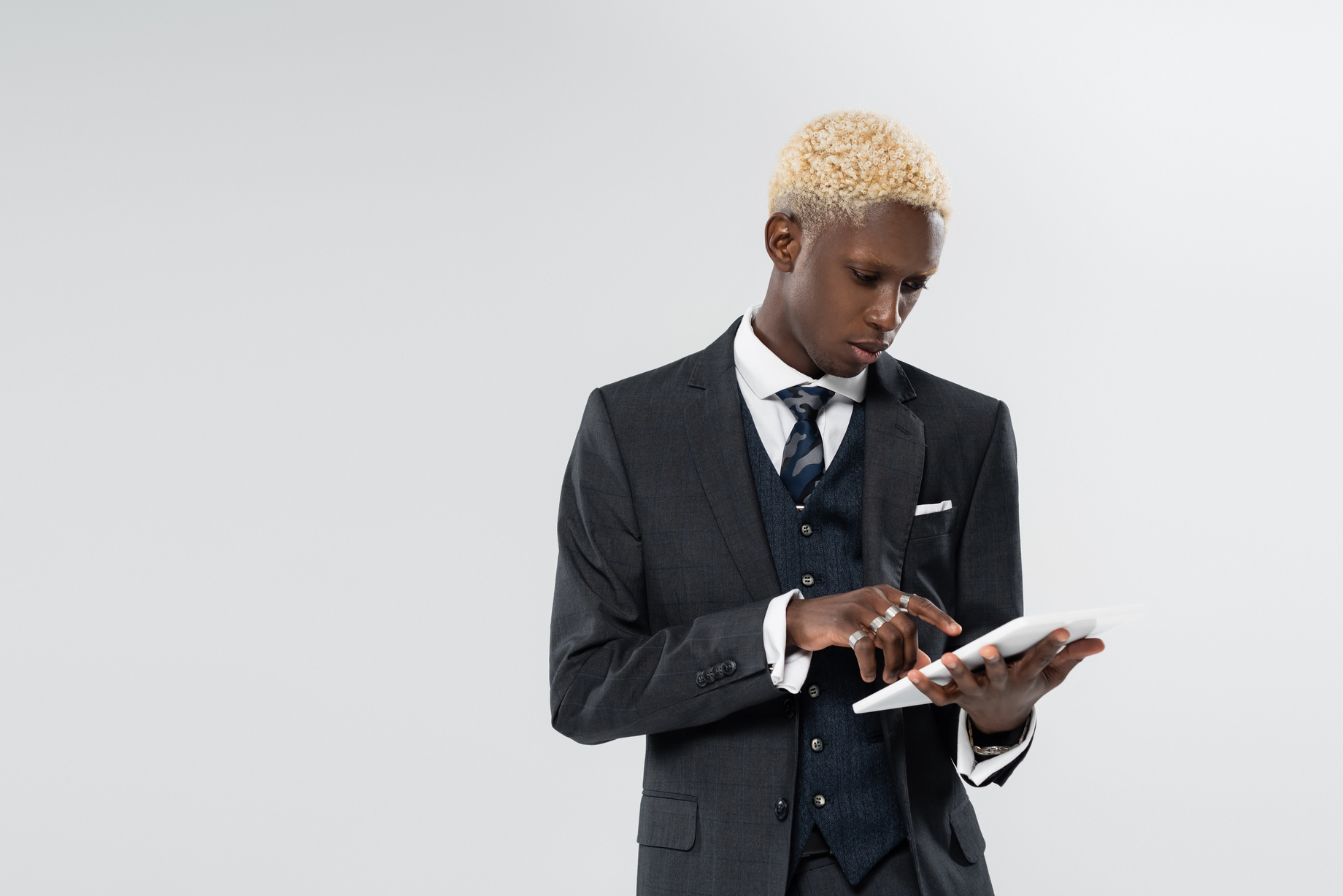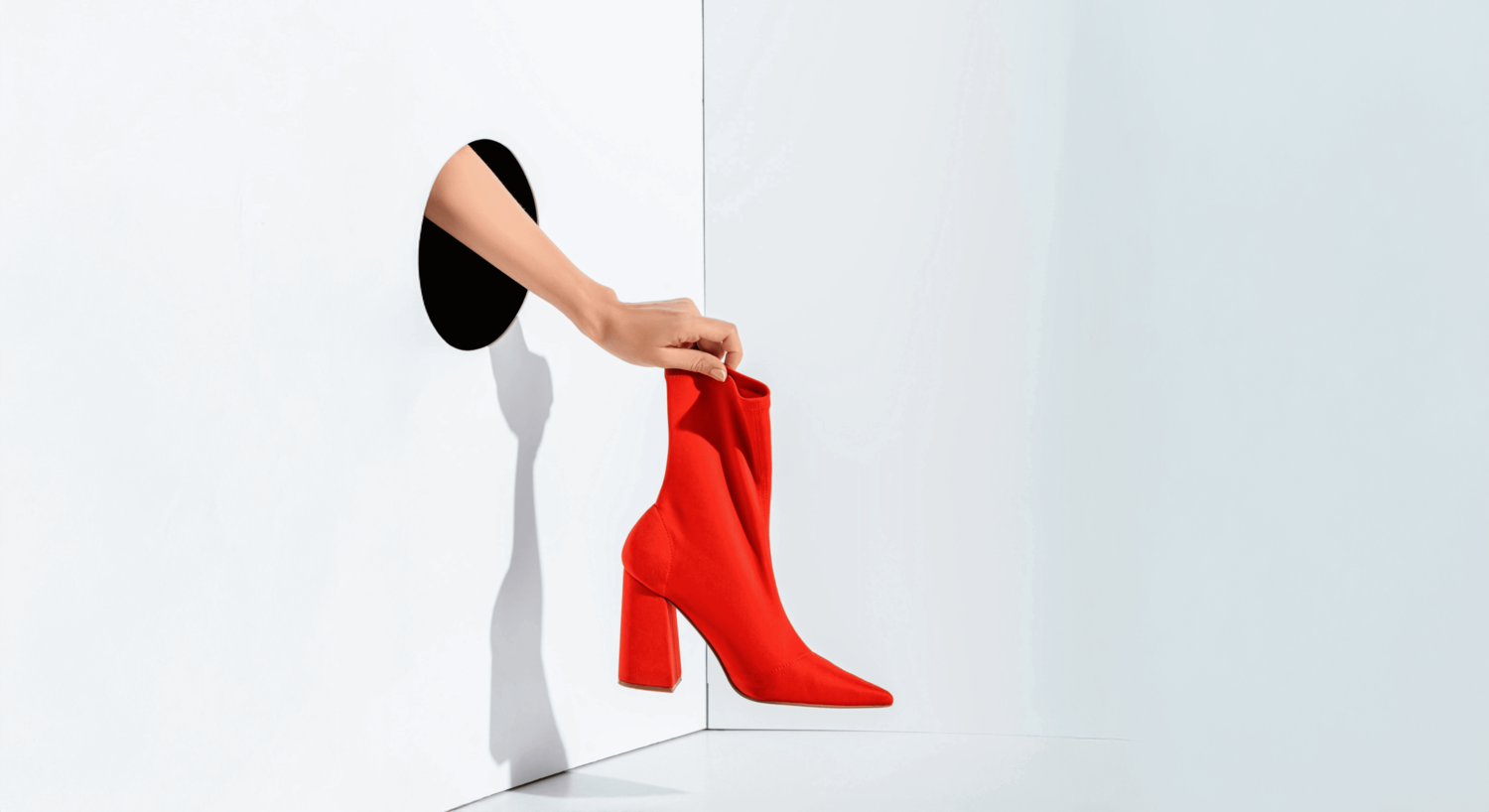Straight to the point
Standing still isn’t an option in fashion.
One of the ways brands stay fresh and engage audiences is through collaborations. When done right, they make for a solid marketing play that delivers something new for customers and value for your business.
For giant global brands and small niche brands alike, teaming up with the right partner can open doors you wouldn’t reach alone. Let’s dive into the world of brand collaborations, what they can do for your brand, and how to pull one off with real impact.
What is a brand collab?
A brand collaboration is when two companies team up to create something new, usually a limited-edition product, collection, or campaign that blends elements of both brands. In fashion, that might mean a streetwear label joining forces with a luxury designer, or a sneaker brand partnering with an artist or pop culture icon.
The goal is usually to spark excitement, reach new audiences, and deliver something fresh that fans can’t get anywhere else. When done well, a collab feels like a perfect match; something neither brand could’ve pulled off alone. It’s part creativity boost, part marketing move, and all about creating impact.
But do brand collabs make sense from a business perspective? Yes. Plenty!
Benefits of Brand Collabs
Reaching New Audiences and Markets
One of the biggest wins from brand collabs is being able to reach new audiences without starting from scratch. When two brands partner up, they instantly tap into each other’s fan base and sometimes, even new markets.
Brazilian footwear brand Melissa is no stranger to collabs; it’s what’s helped them break ground in international markets. They teamed up with designers like Jason Wu and Hikaru Matsumura, for example, to break into Asia. Smart move. Instead of forcing their way in, they showed up with names locals already loved.
This kind of strategy works across the board.
A luxury house partners with a streetwear label? Suddenly they’re cool with Gen Z. The streetwear brand? Gains global clout. It’s about meeting customers where they are and building trust fast.
Even better, collabs can change how people feel about your brand. A mass-market retailer can feel more exclusive. A high-end designer can feel more accessible. When collabs are authentic and done right, they’re a win win for everyone.
Generating Hype and Driving Sales
People go crazy for well-timed limited edition brand collaborations. They light up social media and cause major spikes in website traffic. The scarcity and novelty of these collections create a sense of “gotta have it” urgency that standard product launches often lack. And that urgency moves product fast.
A now legendary example of this was Supreme’s 2017 collaboration with Louis Vuitton. Fans camped out for days. Police had to shut down release events. Everything sold out instantly, and hit resale sites for 10x the price. That kind of buzz not only sells out, but it also grabs headlines. Both brands get a share of the spotlight.
That kind of attention isn’t rare for collabs. Collab drops routinely crash websites, generate waitlists, and turn everyday shoppers into refresh-button warriors. Even retail giants see their sites crash. For example, when Target launched a limited Lilly Pulitzer fashion collab, the rush of online shoppers crashed Target’s site as the collection sold out within minutes. The North Face, meanwhile, credits its reignited sales to its buzz-worthy collabs with brands like Supreme and Gucci.
Innovation and Brand Vitality
Beyond hype, collabs also help brands keep things fresh.
Teaming up with a designer, artist, or even a fast-food chain gives your brand room to play. New styles. New products. A chance to show customers you’re not stuck on repeat.
Brands can experiment with new designs and product types. It lets consumers know that they’re on the cutting edge. For loyal fans of a brand, it gives them something new and exciting. A great collaboration allows for a fusion of styles that neither brand could achieve on their own.
More importantly, collaborations can breathe new life into mature or struggling brands. Crocs is a great example of this. The footwear maker loved by chefs saw its popularity fading in the mid-2010s, but has been able to bounce back by embracing quirky, headline-worthy partnerships.
Crocs has collaborated with everyone from Post Malone and KFC, to Balenciaga and sneaker designer Salehe Bembury. This extensive collab strategy refreshed the brand, attracting Gen-Z and millennial shoppers who now see Crocs as fun and trendy. Love it or hate it, a jaw-dropping partnership like Balenciaga x Crocs (featuring high-heeled Crocs) generated tons of free marketing for both brands through viral discussions.
These kinds of partnerships show how collabs can combine both brands’ strengths to produce unique products that capture the imagination of consumers. They keep brands fresh and relevant, especially in e-commerce, where catching a shopper’s eye as they scroll can make or break a sale.
How to Approach Collaborating with Another Brand
A successful brand collab requires much more than just putting two logos together.
If you’re considering collaboration for a collection or limited-edition product release, it’ll need strategic planning and the right partner fit.
Below are the key steps and best practices for approaching a brand collaboration:
1. Define Clear Objectives
A successful collaboration starts with a clear purpose. Just like how new collections draw from a distinct theme or inspiration, your brand collab needs more than just seasonal appeal; it needs intention.
Are you trying to reach a new audience? Break into a new market? Reinvent your brand image or drive short-term sales?
Clarifying your goals early on will shape everything from your messaging to your choice of partner. Without that clarity, you risk creating something forgettable or off-brand.
2. Choose the Right Partner
Look for brands that align with your values and appeal to the audience or market you want to reach.
Whether it’s a shared aesthetic, mission, or fan base, collaborations work best when both brands have some synergy. Having said that, it’s also important that they offer complementary strengths.
That’s exactly how The North Face decides which brands to collaborate with: they look for brands with similar values that offer something they lack, like high-fashion design flair. This way both brands are able to contribute something unique to the project.
3. Co-Create a Compelling Product & Story
Unless you’re Supreme, simply slapping two logos on a product won’t enough. A successful collab needs to offer something people genuinely want to wear.
Work closely with your partner to blend design elements from both of your brands. There are endless ways to do just that, like incorporating each brand’s signature materials, silhouettes, or motifs in new and clever ways.
When Melissa invites partner designers to reimagine its signature jelly shoes, they create new styles that still feel authentic to both brands’ identities.
Beyond just the product(s), you’ll need to weave in a little bit of storytelling. Let consumers know what makes this collaboration unique. How does it bring together both brands’ respective worlds? What’s the larger theme it represents? A compelling narrative is what will engage consumers and the media and make the collaboration memorable.
4. Planning Your Launch: Mapping Pricing, Distribution & Exclusivity
Collaboration pieces usually sit at a premium tier, so your pricing should reflect the product’s unique value without putting it out of reach for your audience. Limited releasess and drop-style releases are common strategies to build buzz and a sense of exclusivity. Think about what makes the most sense based on your goals: a small batch to spark urgency, or a wider release to meet demand and boost revenue.
Distribution is another piece of the puzzle. Most collabs are sold through each brand’s own site or stores, sometimes both, and select third-party retailers. Decide upfront which markets you want to target and whether your launch will be global or region-specific. A coordinated release across both partners’ e-commerce channels can help you make a bigger splash and capture more attention.
And don’t forget the tech side. High-traffic drops can put serious strain on your site. Consider queue systems or virtual waiting rooms to manage volume and avoid site crashes. Treat your collab like a major launch, because for your audience, it will be.
Related: How to Price Clothing for Online E-Commerce
5. Build Hype with a Co-Marketing Strategy That Hits Both Audiences
Work with your partner to create a launch plan that taps into both of your audiences and reflects both brand voices.
Start with teaser marketing campaigns to spark curiosity, think cryptic social posts, sneak peeks, or visual hints that build anticipation. Use email, influencer seeding, and PR outreach to get early buzz going. And don’t underestimate the power of a well-matched face: Melissa, for example, often brings in celebrities or models who resonate with the collab’s target audience, like Gen-Z favorite Iris Law for their partnership with Marc Jacobs.
Read More: An Introduction to Fashion E-Commerce Marketing
6. Measure the Impact and Think Long-Term
Once the buzz settles, it’s time to dig into the data and key performance indicators. Look at how your collaboration performed across the board: sales, site traffic, social engagement, and customer sentiment.
Did you hit your goals?
Maybe you brought in new shoppers from a key market or saw a spike in e-commerce revenue from the limited drop.
This kind of insight is gold. It tells you not only what worked, but where there’s room to improve. And if the collab clicked with your audience? Consider building on that momentum. Some brands go on to release a second edition or even launch a recurring co-branded line.
Strong collaborations don’t have to be one-and-done. If the relationship felt right, nurture it. And if something missed the mark, take it as a lesson to sharpen your approach next time. Every collab is a chance to learn what really moves both your audience and your brand forward.
Go Forth With Clear Strategy
Brand collabs are definitely a fun way to engage with other brands. They can also be an extremely effective business tool to drive sales and reach new markets.
But that kind of impact doesn’t happen by accident. The best collabs start with a clear goal, the right partner, and a launch strategy built to make waves. When you take the time to get it right, you create something worth talking about, and buying.
If your collection will be released online, it’s also a good idea to make sure your e-commerce experience is ready to deliver. That means providing a reliable virtual fitting room and tools that help optimize conversions. Sizebay helps with both.
Make sure to check out our blog for more insights into fashion and e-commerce.


